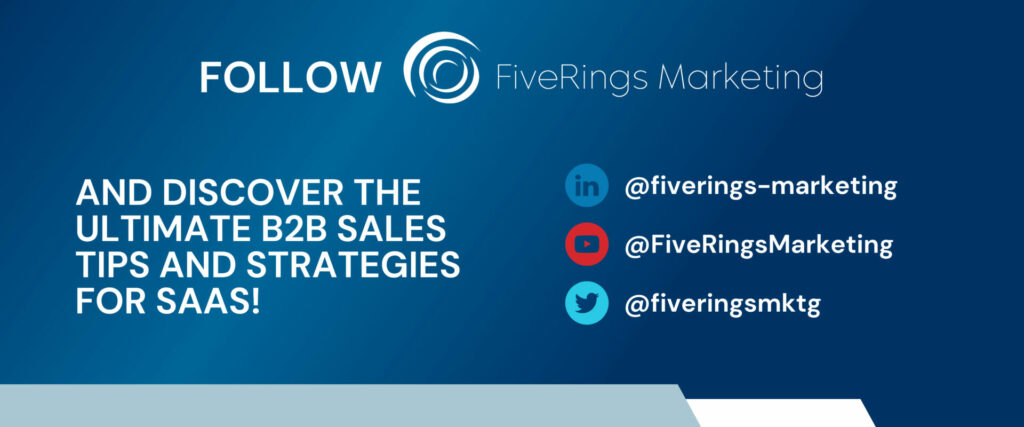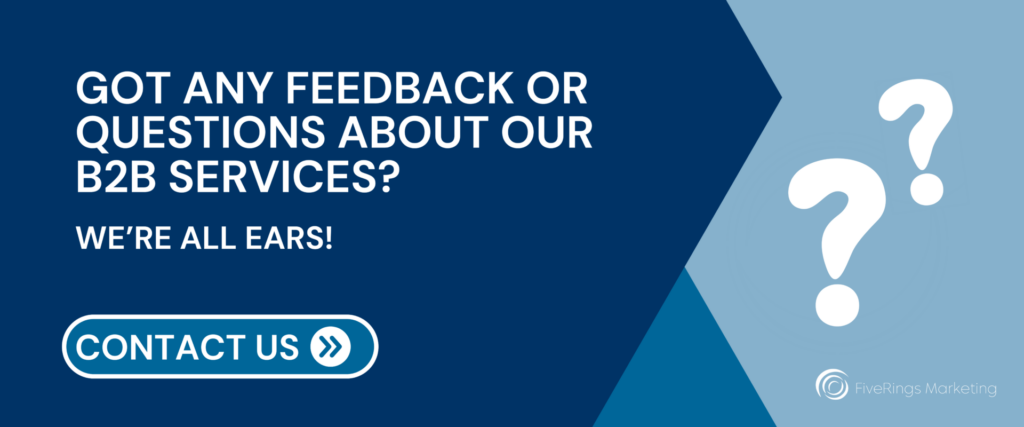“Which one is better, leading or lagging indicators?”
The answer is both.
You should be using both if you want to make your lead lists more qualified, close more deals, and boost your sales.
First, let’s look at what these terms mean and then discuss some examples.
What is a Leading Indicator?
A leading indicator is a metric that tells you something is about to happen in a company.
An example of a leading indicator can be a company hiring for a specific role. Based on this, you know they are investing in a particular department or position for a reason.
How to look for a leading indicator on LinkedIn’s Job Feature?
On the LinkedIn job feature page, read the full job description to learn more information about:
- the plans of the company
- what the company is trying to do
- if either their plans or goals align with something that your product can help with.
This makes it a more qualified lead to add to your list.
Another example of a leading indicator: Intent Data
If you can purchase a tool like SalesIntel or bombora (which provides intent data), then do it.
Tools like this help you understand companies in the market for a solution or at least searching about a certain topic. It indicates that they are potentially interested in a product like yours.
What is a Lagging Indicator?
A lagging indicator is something that has already happened. It gives you intel on a critical aspect that makes the company more qualified to purchase your product.
Examples of Lagging Indicators
There are tons. Here are a few:
- having hired someone for a specific role
- making a few executive moves here and there
- raising funding
- investing in technology relevant to your product
- closing a partnership that makes them more qualified
and the list goes on…
As you notice, many things take place in a company’s recent past, making them a lot more qualified for your outreach strategy.
Those are the companies you want to include in your lead lists. Gone are the days of searching by a title or an industry and making a lead list based on that.
You want to ensure that the research you are putting in and the lead lists you are feeding into your campaigns are a bit ahead of the starting line, especially when you are doing lead generation for B2B SaaS products.
So that’s it. Look for leading and lagging indicators to qualify your lead lists based on what we just covered. If you are not sure which other metrics you should be looking at, here are other SaaS Sales Metrics to Measure.
Follow us for more resources.

Spread the word and share this post with your network!
Facebook
Twitter
LinkedIn
Email



